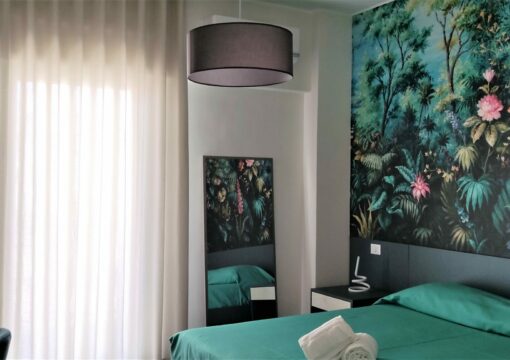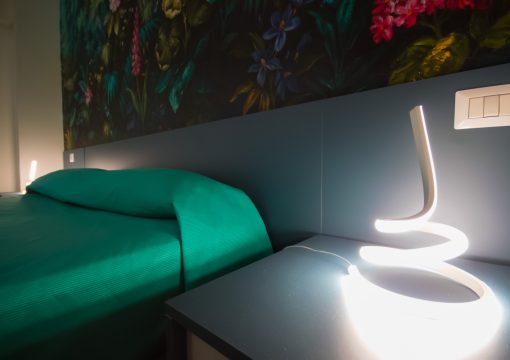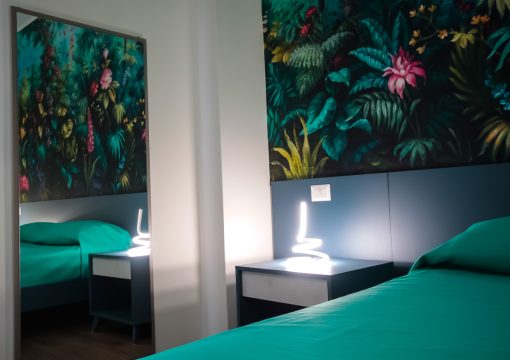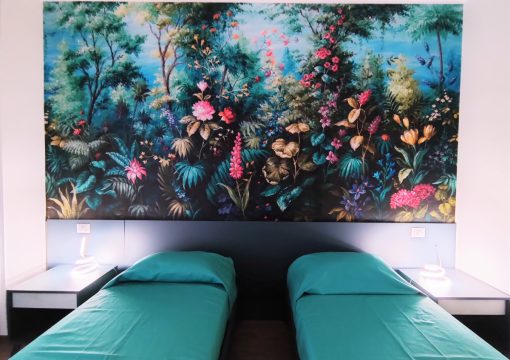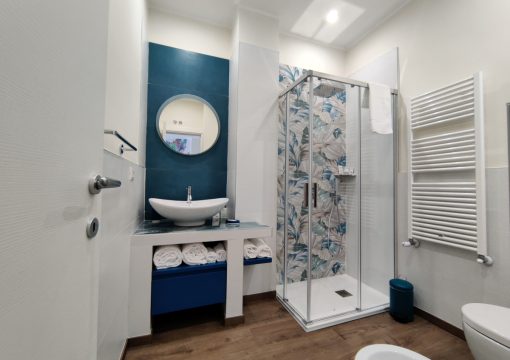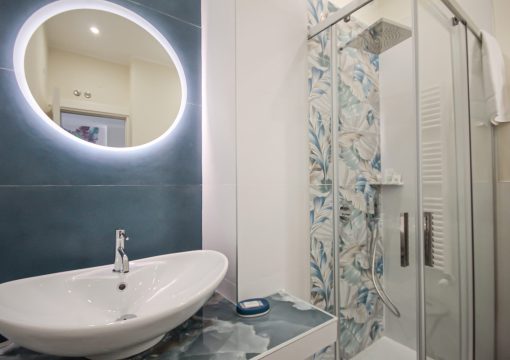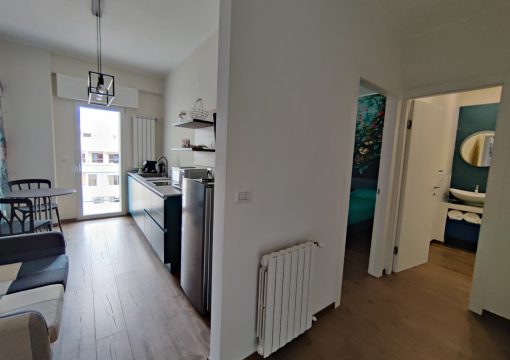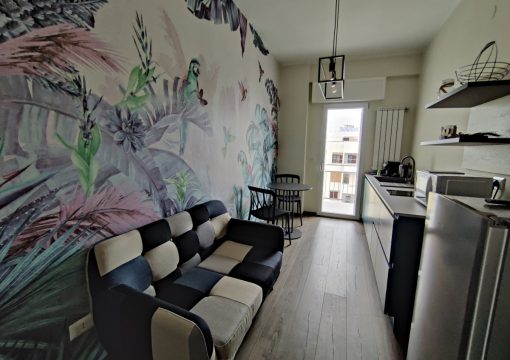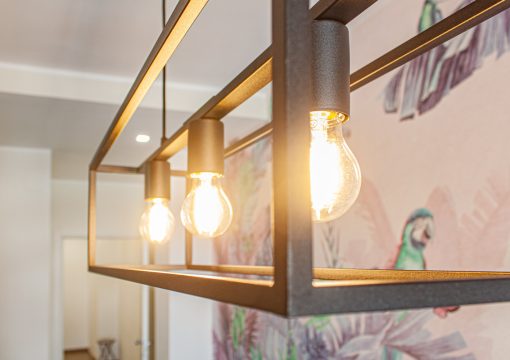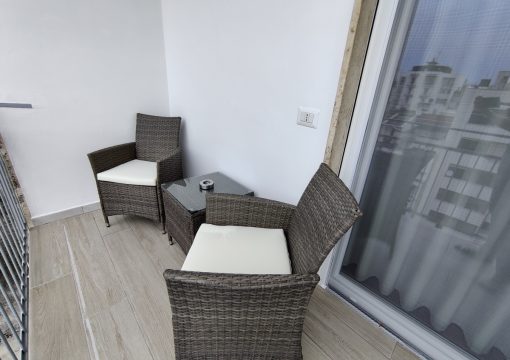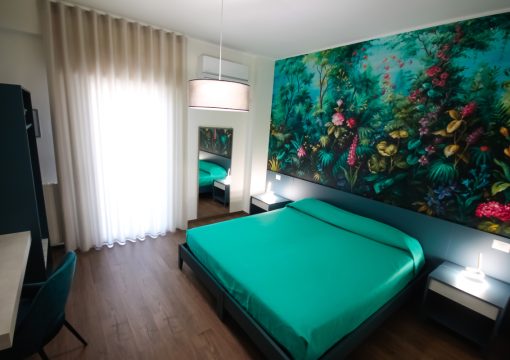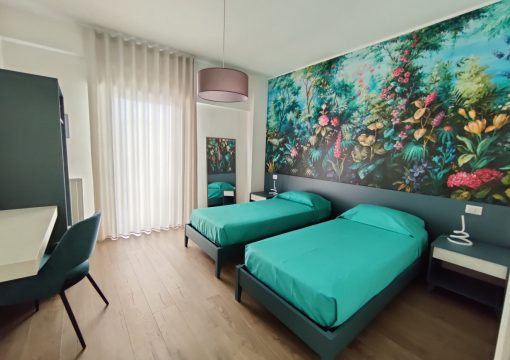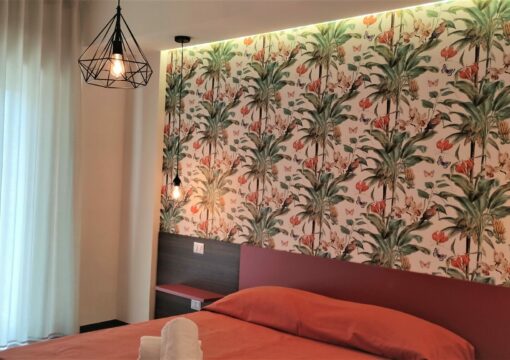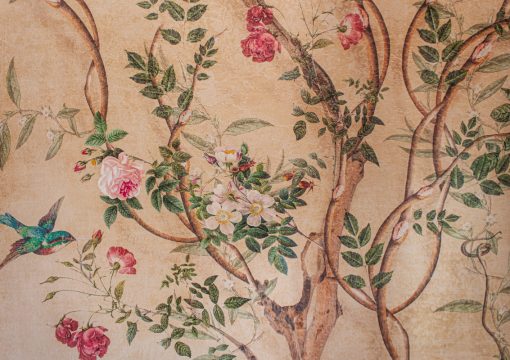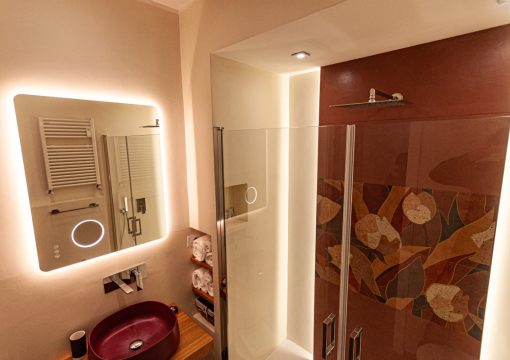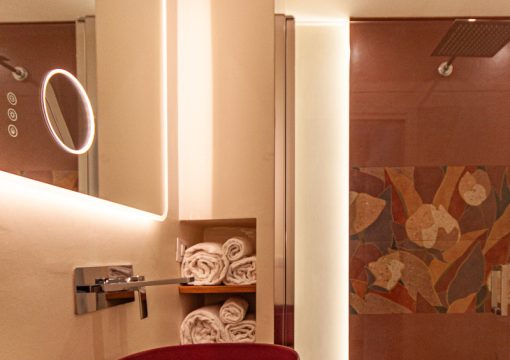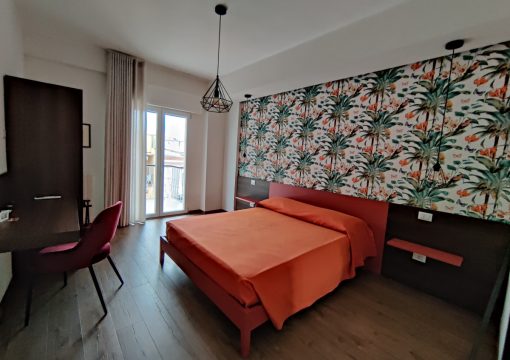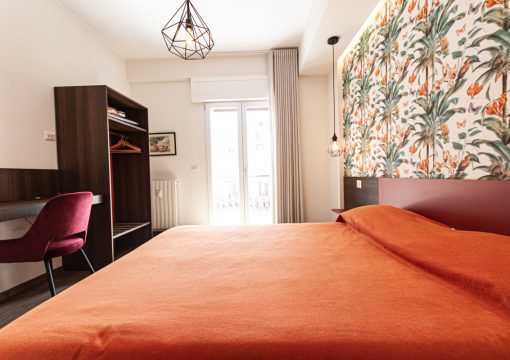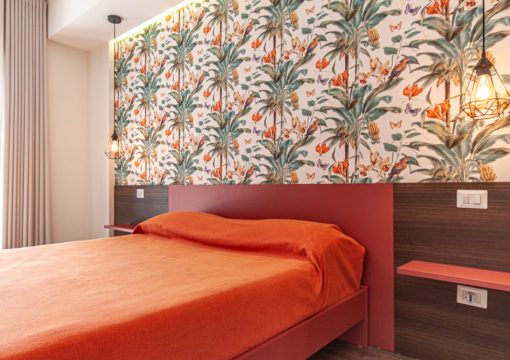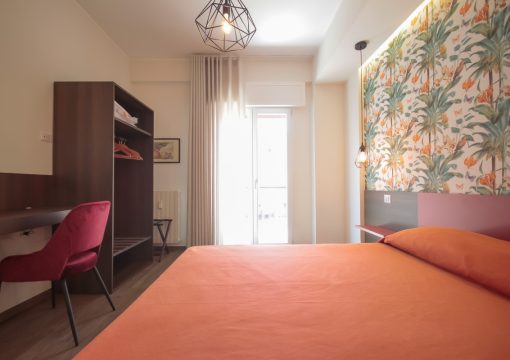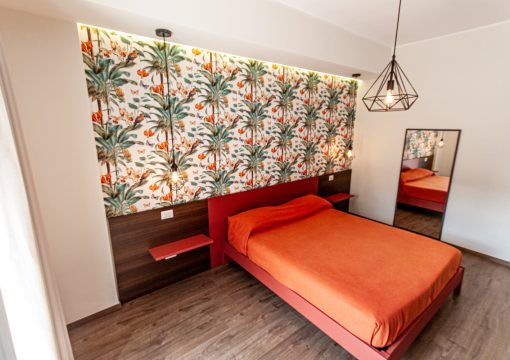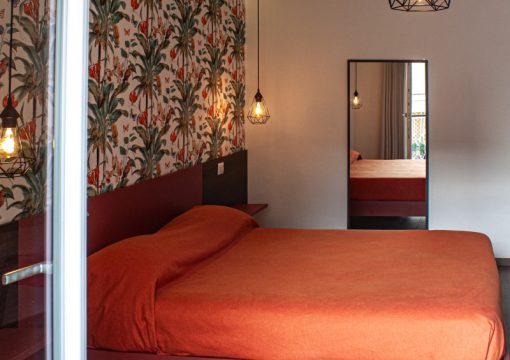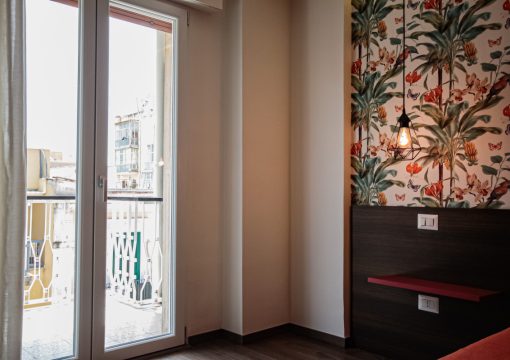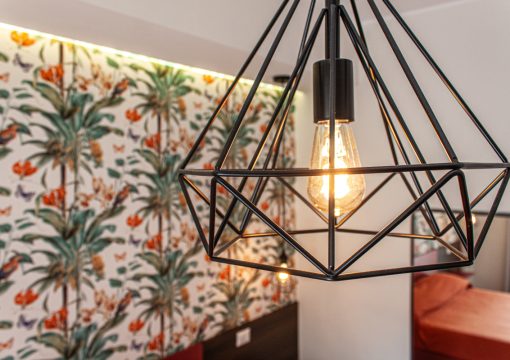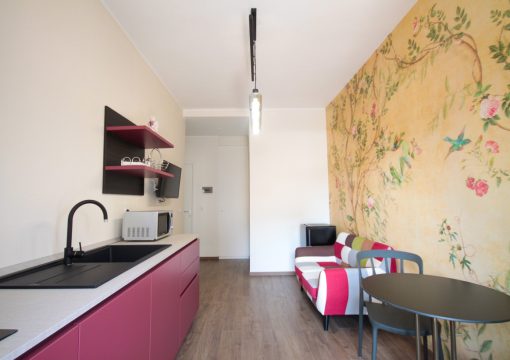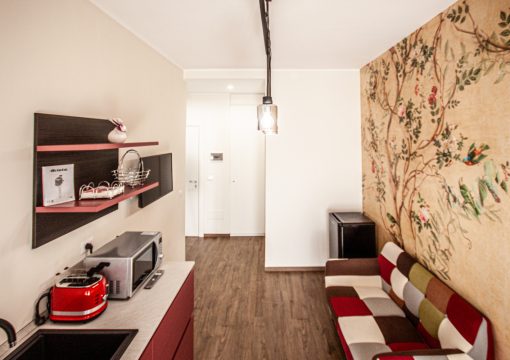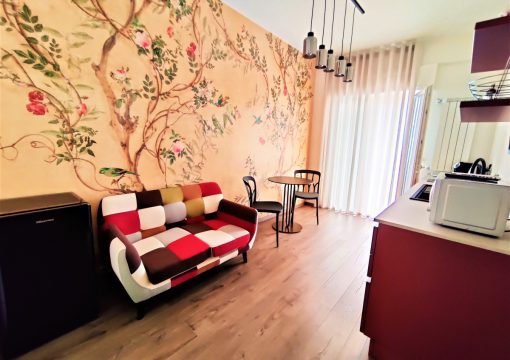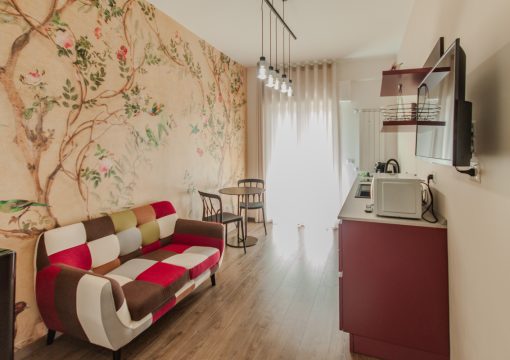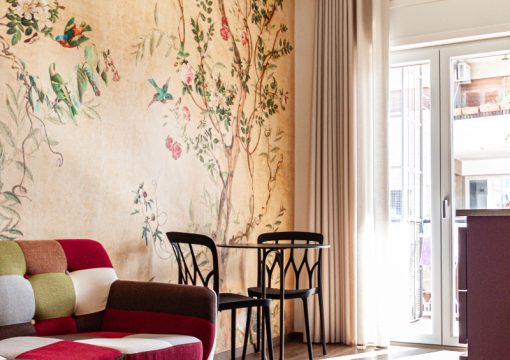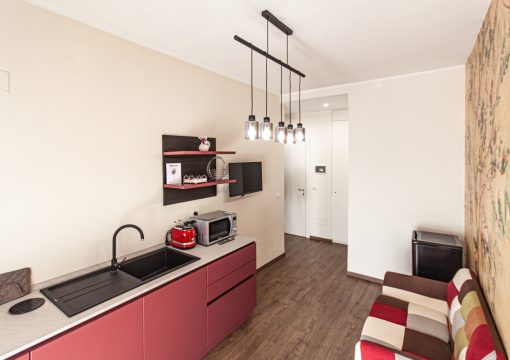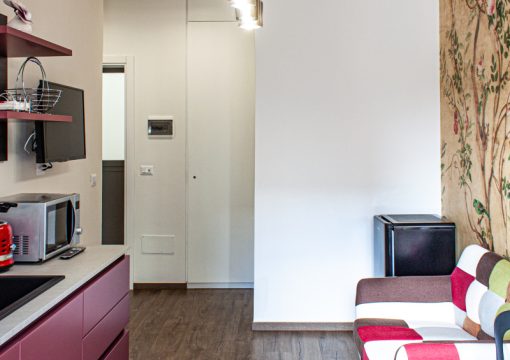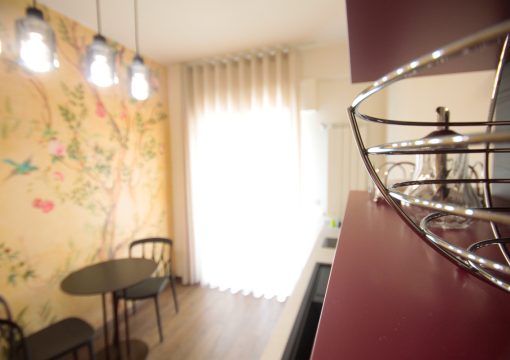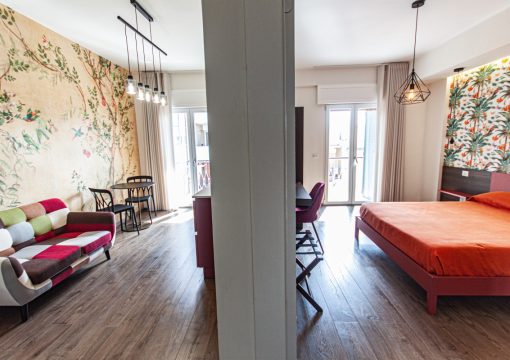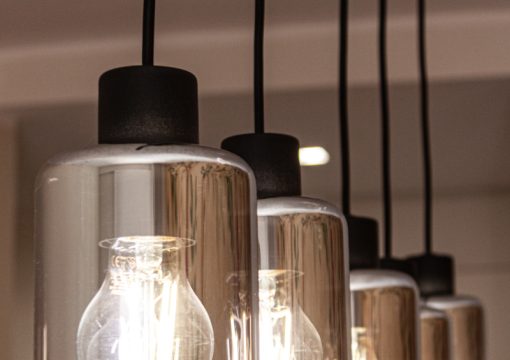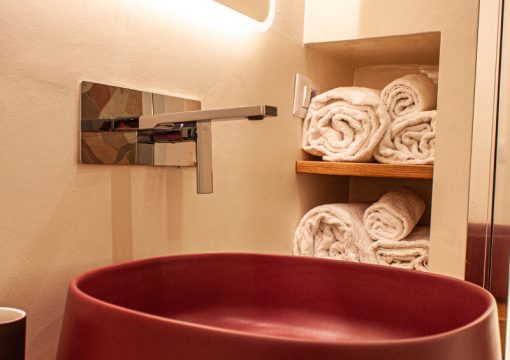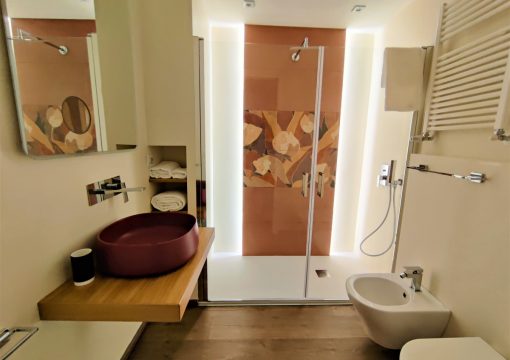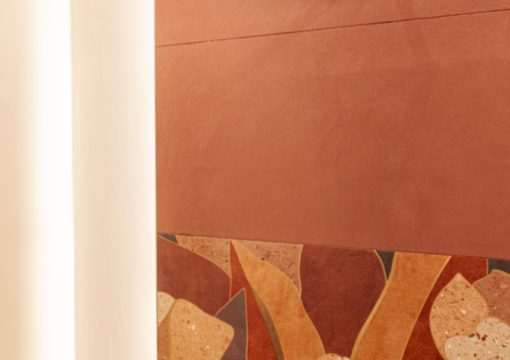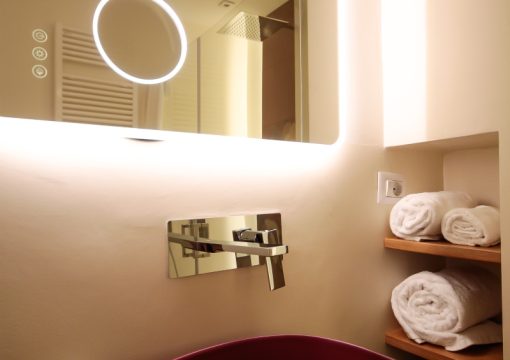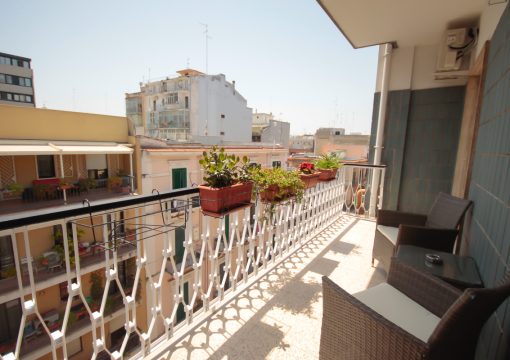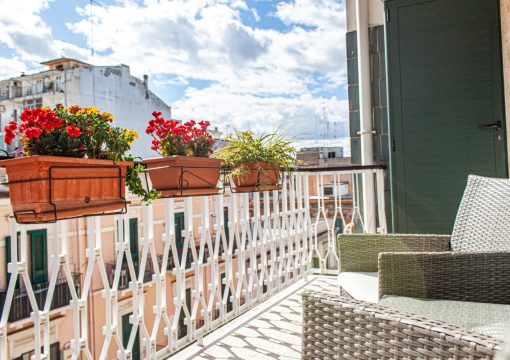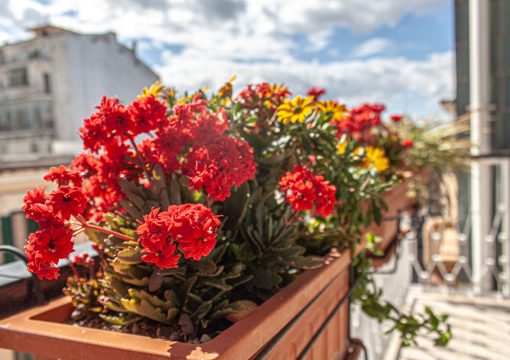The Most Beautiful Places to Photograph in Puglia
Hi everyone, I’m Elisabetta, your personal concierge at BeBari Apartments in Bari. 🙂 Today, I will guide you through the most beautiful places to photograph in Puglia, a region that enchants with its breathtaking landscapes and hidden corners of pure beauty. Puglia, the land of sun, sea, and wind, offers scenery that looks like it was painted by an artist, perfect for capturing through the lens of a camera. We’ll start from the elegant Bari, where our BeBari Apartments, with its comfortable free parking and welcoming atmosphere, serves as an ideal base for photographic explorations. Let’s begin, ready to snap away!1. The Sphinx of Salento
The “Sphinx of Salento,” locally known as “Lu Tafaluru,” is a rock formation located off the coast of Sant’Andrea in Puglia, which resembles the famous Egyptian sphinx. This natural rock formation has been shaped over time by the sea, wind, and rain, becoming an attraction for many tourists and curious visitors to the area. Its local etymology is uncertain, with traces of the original meaning of the name now lost. The rock can be seen well during a walk along the coast, where one can also admire the spectacular rock formations of the Sant’Andrea sea stacks, similarly sculpted by nature. This area is characterized by a rich variety of flora and offers spectacular viewpoints, especially for those interested in geology and the natural beauty of Italy’s coasts. For more details about the Sphinx of Salento and to plan a visit, you can explore the information available on the Visit Melendugno website and other platforms offering tours in the area.
2. Torre dell’Orso
Torre dell’Orso is a renowned seaside resort located in Salento, in the region of Puglia, specifically in the municipality of Melendugno. It is known for its spectacular beach characterized by fine silver-colored sand, crystal-clear waters, and a jagged white rock wall that borders the shoreline. In addition to the natural beauty of the beach, Torre dell’Orso is also famous for the two sea stacks known as “Le Due Sorelle,” linked to local legends about two sisters who were turned to stone by the gods due to their tragic fate at sea. The name “Torre dell’Orso” comes from the presence of a coastal tower dating back to the 16th century, used to spot approaching Turkish ships. There are various hypotheses regarding the origin of the name “Orso,” some related to local legends or the surname of historical families in the area, but there are no definitive confirmations regarding the exact origin of the name. Today, Torre dell’Orso offers not only stunning beaches but also a range of tourist activities such as boat excursions, snorkeling, and the opportunity to explore sea caves like the Grotta di San Cristoforo. It is a very popular destination during the summer months, so it is advisable to book accommodations in advance during the high season.
3. Gravina di Laterza: The Grand Canyon of Europe
The “Grand Canyon of Puglia,” also known as Gravina di Laterza, is one of the largest canyons in Europe and represents a natural wonder in the region. Located in Laterza, in the province of Taranto, this impressive canyon stretches for about 12 kilometers with rock walls that reach 200 meters in height. The landscape has been shaped by the erosive action of water on Cretaceous limestone, creating an environment of extraordinary beauty with deep fractures, caves, and unique rocky cavities. Gravina di Laterza is an integral part of the Terra delle Gravine Regional Nature Park, which covers areas in the provinces of Brindisi and Taranto. The park offers hiking trails and paths that allow visitors to explore the rich Mediterranean vegetation and spot various protected species of flora and fauna, including birds, mammals, reptiles, and amphibians. For hiking and nature enthusiasts, Gravina di Laterza offers an immersive experience in one of the most unique and breathtaking landscapes in Southern Italy, often compared to the famous American Grand Canyon.
4. The Poetry Cave in Salento
The Grotta della Poesia, located in the Salento region of Puglia, is a fascinating natural pool nestled among limestone cliffs. This location is renowned not only for its natural beauty but also for the folklore surrounding it, making it a highly popular spot for photographers. Legend has it that a beautiful princess used to bathe in the waters of this cave, attracting poets from all over southern Italy who were inspired by her beauty to write poems, hence the name “Grotta della Poesia.” This tale, combined with the incredible natural setting, creates an almost magical atmosphere that captures the imagination of those who visit. From a photographic perspective, the Grotta della Poesia offers stunning landscapes with its turquoise waters contrasting with the white rocks and the surrounding Mediterranean vegetation. The unique rock formations and the clear waters of the cave are perfect for taking impressive photos, whether for nature lovers or professional photographers. The cave is easily accessible and is located near other archaeological and natural sites, making it a great addition to a travel itinerary in the Salento region. However, it’s important to note that during the high season, especially in August, access may be limited due to the high influx of visitors.
5. The Arch of San Felice on the Gargano
The Arch of San Felice, also known as Architiello di San Felice, is a famous point of interest located on the Gargano Peninsula. This natural arch is situated along the coast and can be admired both from land, via the Provincial Road 53, and from the sea, through a boat tour. The best view is obtained from the Tower of San Felice, a coastal tower that offers an excellent panorama of the arch and its surroundings. The Arch of San Felice is particularly loved by photographers for its impressive natural beauty and the spectacular sea view it offers, making it an ideal subject for landscape photography. The structure of the arch, combined with the blue sea and the green Mediterranean vegetation, creates a perfect setting that captures the essence of the Gargano.
6. Ostuni, the White City
Ostuni, also known as the “White City,” is especially loved by photographers for its charming cobblestone streets and whitewashed buildings that gleam under the Puglian sun. This characteristic gives it a bright and Mediterranean atmosphere that attracts photography enthusiasts seeking picturesque views and a special light that enhances every visual angle. The charm of Ostuni also lies in its historical architecture, which combines Gothic, Romanesque, and Byzantine elements, visible in the majestic Cathedral of Santa Maria Assunta that dominates the main square of the old town. Additionally, the city is situated on a hill that offers breathtaking panoramic views of the surrounding countryside and the Adriatic Sea, creating ideal backgrounds for suggestive photographs. The unique combination of labyrinthine white streets, rich architecture, and elevated position makes Ostuni an irresistible place for photographers who want to capture the essence of Puglia in every shot.
7. Polignano and Its Cliffs Over the Sea
Polignano a Mare, often called the “Pearl of Salento,” is especially loved by photographers thanks to its extraordinary location on limestone cliffs overlooking the Adriatic Sea. This geographic characteristic offers breathtaking views and a crystal-clear marine panorama, creating ideal settings for impressive photography. The historic center of Polignano a Mare is a labyrinth of narrow streets and white houses, adding a unique charm to the city, making it a highly sought-after photographic subject. Moreover, the numerous terraces and viewpoints, such as Terrazza Santo Stefano and Balconata Sul Mare, offer spectacular views of the coast and the beaches below, such as the famous beach of Lama Monachile, known for its turquoise waters and high cliffs surrounding it. In addition to its natural landscape, Polignano a Mare is also known for its vibrant cultural and artistic life. The city was home to Domenico Modugno, whose contribution to Italian music is celebrated with a statue and the immortalization of his most famous song, “Volare,” along Via Roma. This cultural aspect adds an additional level of interest for photographers, who can capture not only the natural beauty but also the vibrant essence of the city.
8. Castel del Monte: Gem of Frederick II
Castel del Monte, located in Andria in Puglia, is renowned for its unique architectural beauty and distinctive geometric design, making it especially loved by photographers. Built in the 13th century by Emperor Frederick II, the castle is known for its perfect octagonal shape and its eight octagonal towers. This precise symmetry, combined with its strategic position on a hill, offers panoramic views of the surrounding countryside, making it visually impressive from many angles. The castle’s architecture combines Islamic, Gothic, and classical elements, which not only increase its aesthetic appeal but also its historical and cultural significance. Its walls and towers reflect light in ways that can change drastically depending on the weather and time of day, providing endless opportunities for taking stunning photographs. The mathematical and astronomical precision in its layout, including alignment with cardinal directions and solstices, further intrigues photographers and historians. Moreover, the mysterious history of Castel del Monte and the lack of a definitive purpose add to the curiosity. It wasn’t built with strong defensive capabilities, and its remote location suggests that it wasn’t intended as a fortress. These aspects, along with the esoteric symbolism of the number eight, which recurs in its design, have led to various interpretations and myths, including connections to celestial phenomena and the Holy Grail.
9. Castellana Caves: Heartbeat from the Underground
The Castellana Caves, located near the city of Castellana Grotte in Puglia, are a system of karst caves among the most fascinating in Italy. This cave complex stretches over 3 kilometers and reaches depths of about 122 meters below street level. The internal temperature is consistently around 16.5°C, making the visit pleasantly cool during the summer months. These caves are loved for their spectacular formations of stalactites and stalagmites, impressive cavities, and natural light effects that filter through openings, creating almost surreal atmospheres. In particular, the White Cave is famous for its bright and radiant appearance, offering unique photographic scenarios. The history of the Castellana Caves dates back to their discovery in 1938 by speleologist Franco Anelli. These caves are not only a tourist attraction but also a site of scientific interest, housing the Speleological Museum “Franco Anelli,” dedicated to the science of caves and speleology.
10. The Cathedral by the Sea in Trani
The Cathedral of Trani is in a unique position, directly on the coast of the Adriatic Sea. The cathedral is a sublime example of Puglian Romanesque architecture, characterized by clean lines, geometric forms, and the majestic facade that rises against the sky. The cathedral’s structure, with its towers, sculptural details, bas-reliefs, arches, and the large rose window, allows for an interesting play of light and shadow during different times of the day. In the morning and at sunset, the sun’s rays filter through the openings, creating dramatic and atmospheric light effects that are incredible.
11. The Trulli of Rione Monti in Alberobello
Visiting and photographing the Trulli of Rione Monti is like taking a step back in time. The ancient and almost fairy-tale atmosphere in this district of Alberobello invites you to capture and share the essence of a past that continues to live through these extraordinary structures. The arrangement of the trulli, with their conical roofs and whitewashed facades, creates a visually appealing texture and rhythm that is very attractive for photography. The conical shape of the trulli roofs and their stone structure generate a fascinating play of light and shadow. The view of numerous trulli grouped along the slopes of Rione Monti offers countless opportunities for dynamic and picturesque compositions. Many trulli roofs have painted symbols ranging from Christian to pagan, including astronomical and spiritual symbols. These details not only add a level of depth to the images but also tell stories of local culture and traditions.
12. The “Alien” Charm of the Bauxite Quarry Near Otranto
The quarry, once used for bauxite extraction and now abandoned, tells a story of nature and human intervention. This duality between natural beauty and industrial legacy adds a level of depth and narrative to the images. The quarry is famous for its extraordinarily vivid colors, and its geological peculiarity offers a scene that seems almost Martian, partly due to its isolated location. The contrast between the intense red of the bauxite-rich soil, the emerald green of the water collected within it, and the blue of the sky creates an almost surreal landscape that captures every photographer’s attention. The water collected in the quarry reflects the sky and the surrounding rock walls, offering dynamic photographic opportunities, especially at times of the day when the light changes rapidly, such as at dawn and dusk.
13. Casamassima, the Blue Town
Casamassima is nicknamed “The Blue Town” for its vibrant blue facades that adorn many of the houses in the historic center. The town’s architecture, with its narrow alleys, welcoming squares, and freshly painted houses, offers perfect angles for street and architectural photography. Many buildings in Casamassima feature unique details and decorations, such as friezes, ornate balconies, and colorful doors, which add further visual interest and texture to the photographs.
14. The Trabucchi Over the Sea
The trabucchi, particularly common in the regions of Puglia and Abruzzo, are ancient fishing machines, used for centuries by fishermen on the Adriatic coast, representing a tradition of life and work related to the sea. The trabucchi symbolize human adaptation to the marine environment, built to exploit the sea’s resources without heavily impacting the ecosystem. The changing light conditions, the combination of wooden structures against the water, and the movement of the waves offer technical challenges for photographers. Vieste, Peschici, and Rodi Garganico are home to some of the most picturesque trabucchi, offering spectacular views of the Adriatic Sea.
15. The Ceramics District in Grottaglie
Grottaglie is famous for its “Ceramics District,” an area of the city almost exclusively dedicated to ceramic production. This area is full of workshops and studios where artisans shape, paint, and fire their creations, following traditional methods passed down through generations. The ceramics from Grottaglie are known for their vibrant colors and decorative patterns, often including natural elements such as birds, fish, and floral motifs, as well as figures and scenes from everyday life.
16. A Sunset Over the Margherita di Savoia Salt Flats – With Flamingos, If You’re Lucky 🙂
The salt flats are known for producing high-quality sea salt, used for both consumption and thermal and wellness treatments. The method of collecting salt, through the evaporation of seawater in large shallow basins, creates a unique landscape, characterized by bright white salt mountains. This habitat is essential for many species of migratory birds, including pink flamingos, avocets, and black-winged stilts, among others, which find shelter and nourishment here, especially during the summer months. The visual contrast between the white salt, the blue sky, and the water, and the pink of the flamingos creates an extremely picturesque and photogenic scene.
Ready to Collect Wonderful Photographs of Puglia?
Whether you’re a photography enthusiast in search of the perfect shot or a traveler eager to capture the most beautiful memories of your holidays, Puglia will not disappoint you. From its charming ancient villages to its crystalline coasts, through centuries-old olive groves and historical architecture, every corner is a promise of wonder. Join me on this visual journey, where the art of photography meets the history, nature, and culture of one of Italy’s most fascinating regions. We await you at BeBari Apartments in Bari for more advice and to give you all the information to best prepare you to discover the most photogenic destinations in Puglia! Happy snapping!Where to sleep in Bari before visiting Puglia
bebari
Be Free, Be Bari!
Comfort. No constraints. Just relax
- Designer flats, just minutes from all the attractions of Bari.
- Virtual check-in. Without reception or keys. Without rules or timetables.
- Independent. Everything you need to have what you want, when you want, how you want.
- Free parking
Feel free.
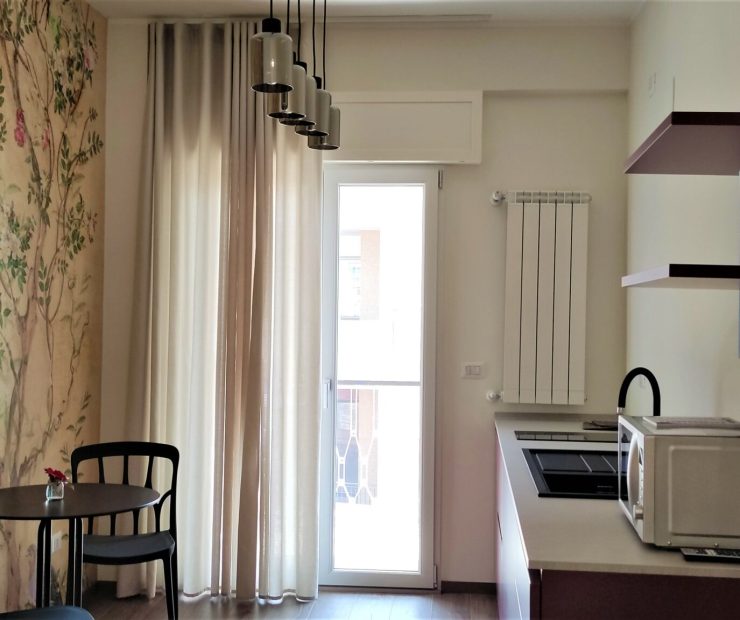
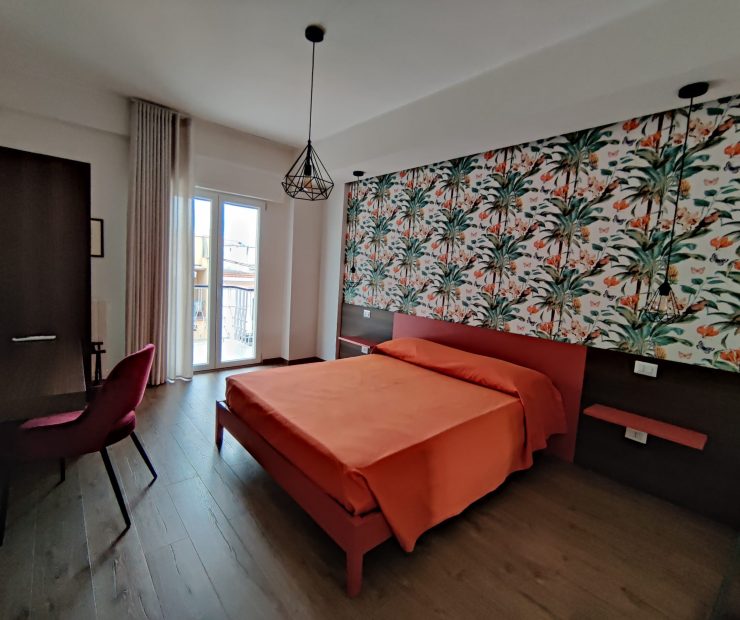
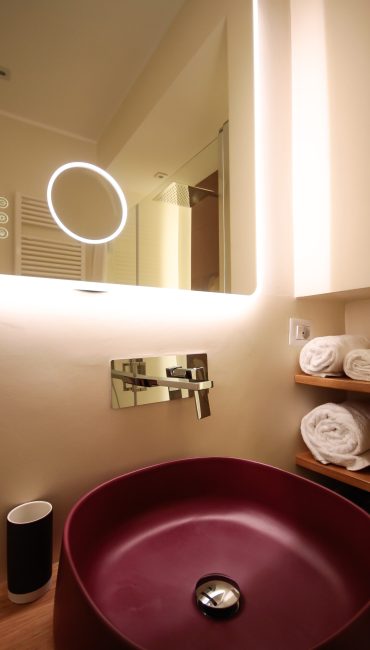
be relaxed
The flats you'll love
Which flat do you prefer?
Each one has free parking, an equipped kitchen and a private balcony.
Benvenuti al Dream Apartment di BeBari Apartments, completamente rinnovato nel 2023. Questo appartamento è la scelta ideale per coppie, turisti...
Benvenuti al Passion Apartment di BeBari Apartments, un rifugio di lusso pensato per coppie in cerca di intimità e romanticismo....
Frequently asked questions
The most frequently asked questions we receive from our customers are all contained in the FAQ section. Take a look to get an answer to your questions now.
where we are
See you here
BeBari Apartments is located at 145 Via Garruba, just a few minutes from the "Quintino Sella" metro stop for the airport, about 10 minutes from the central train station, the historic center and all major points of interest in downtown Bari.
Via Michele Garruba 145, 70122, Bari
When are you coming to visit us?
... or write to us 🙂
Leave your details to be contacted or for a no-obligation request for your stay


